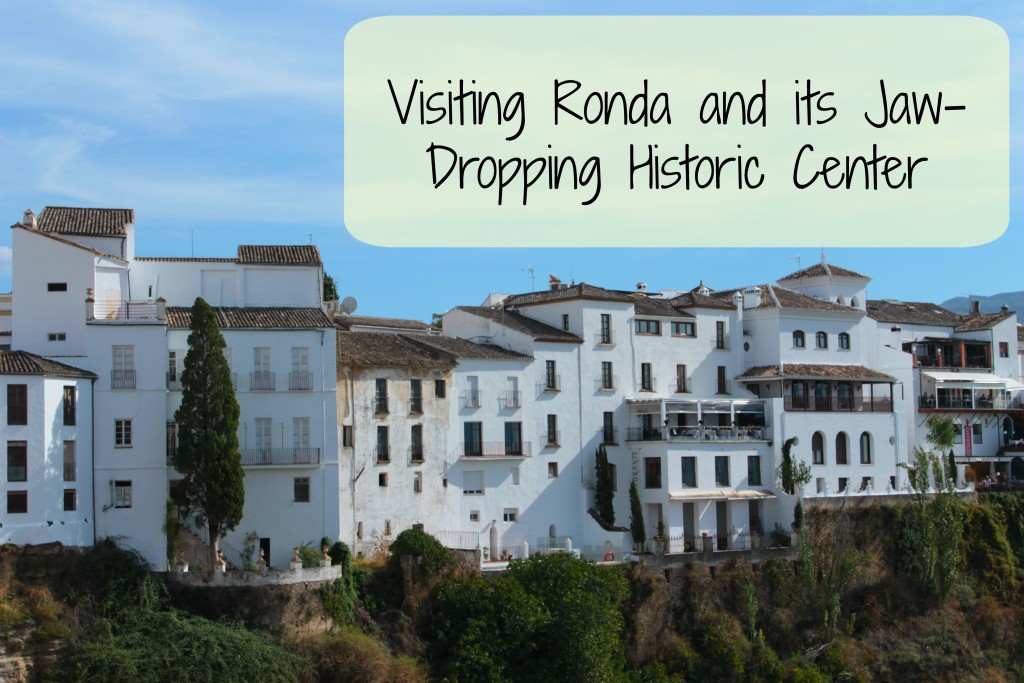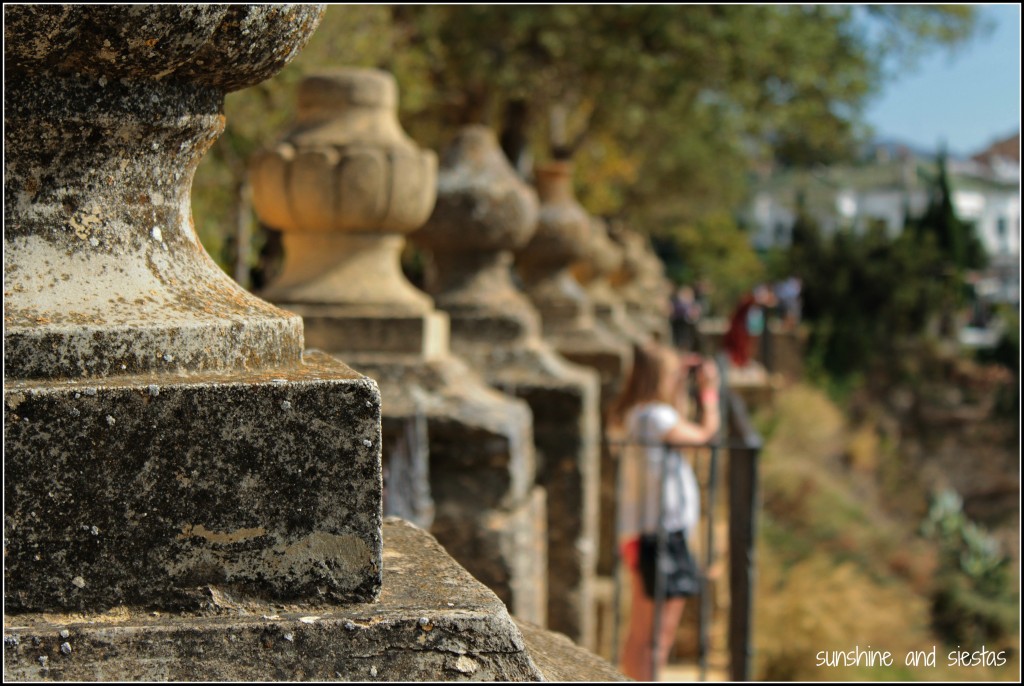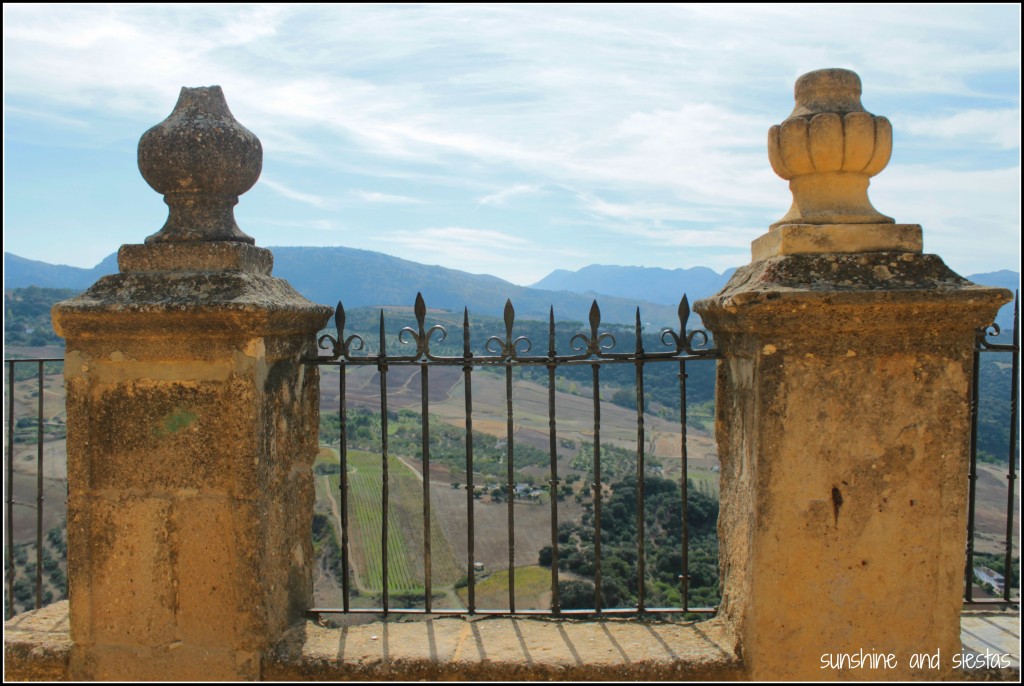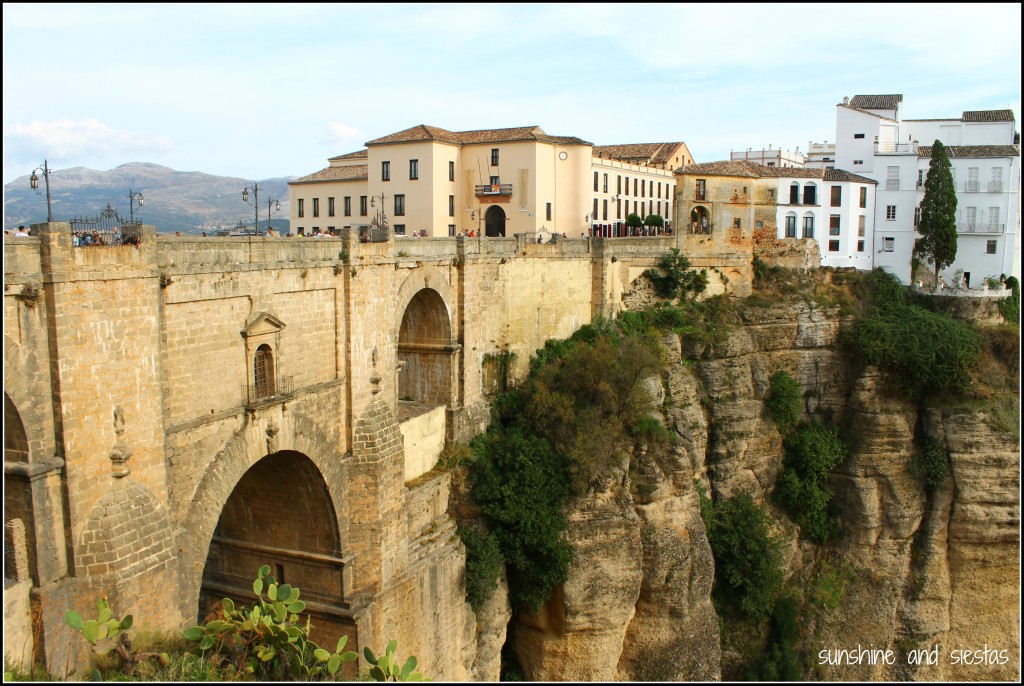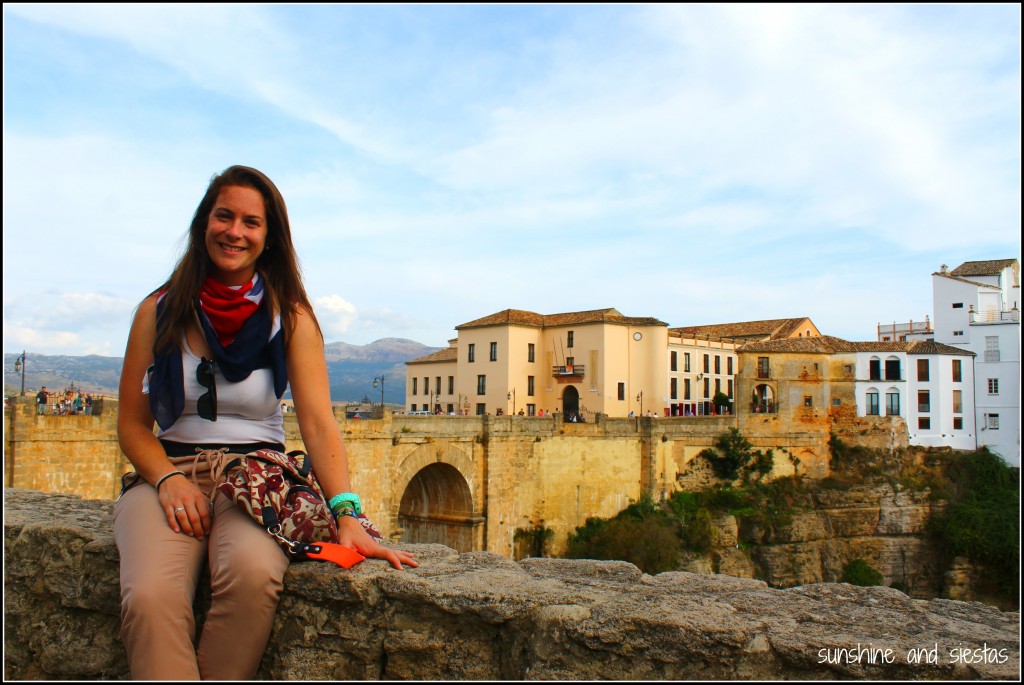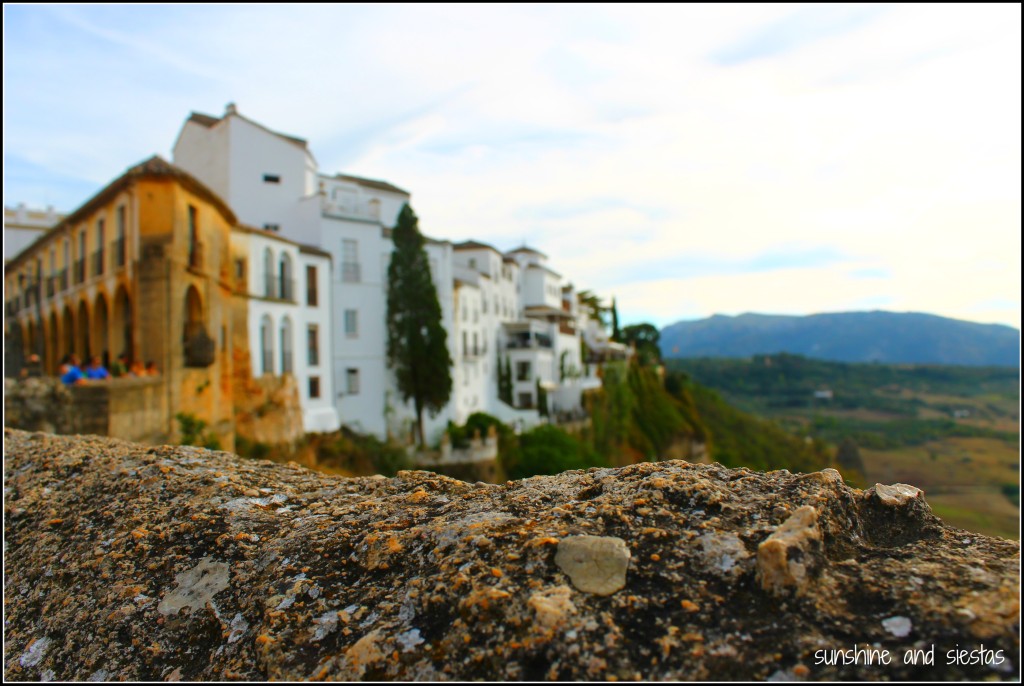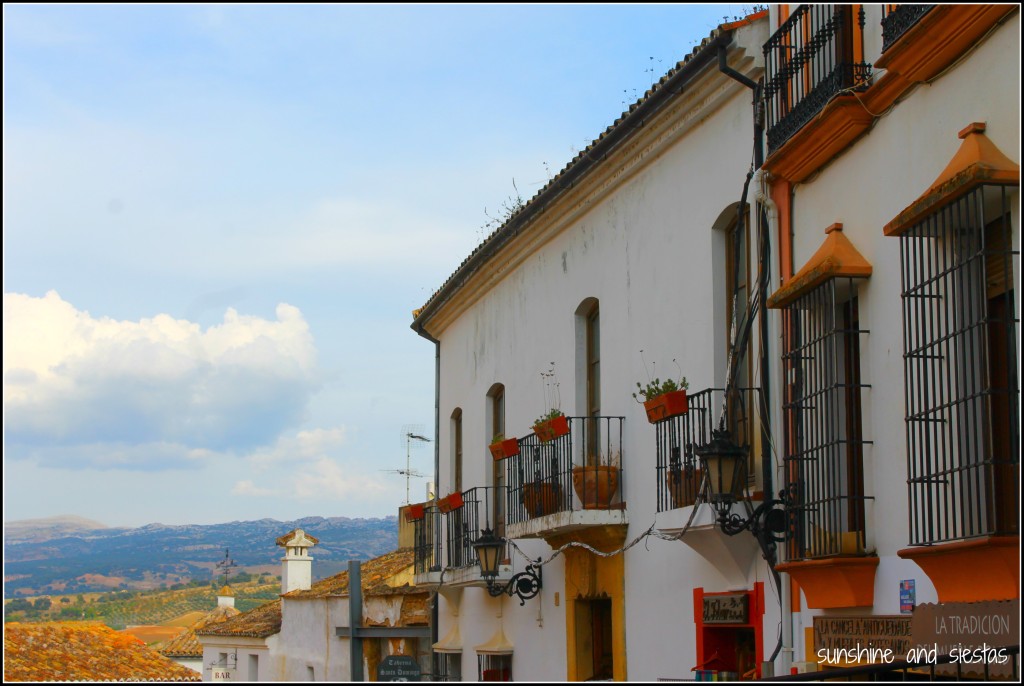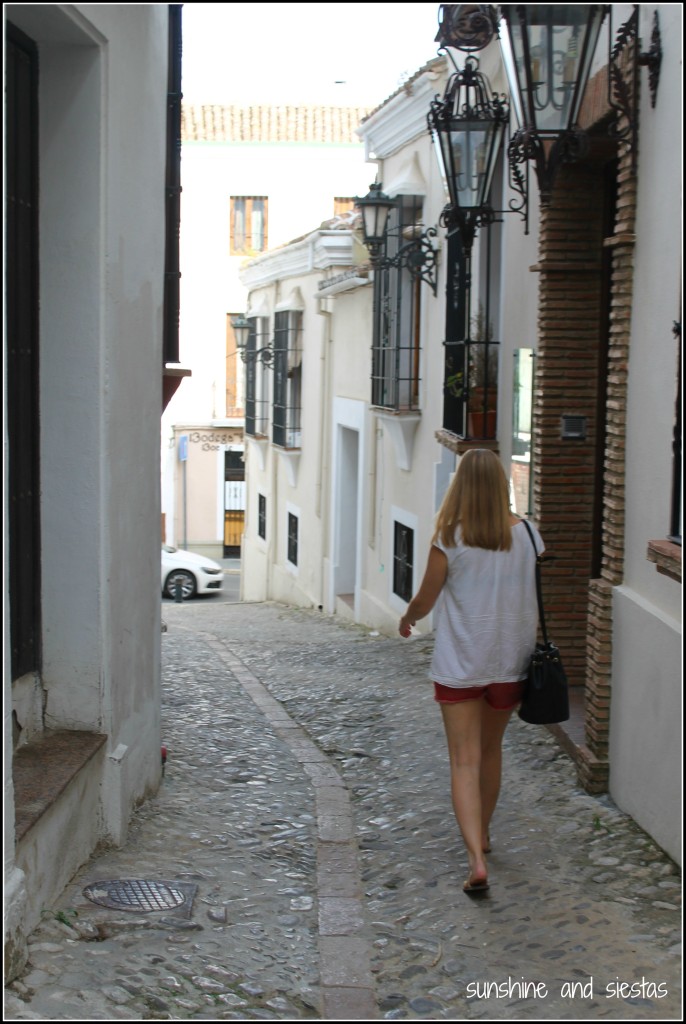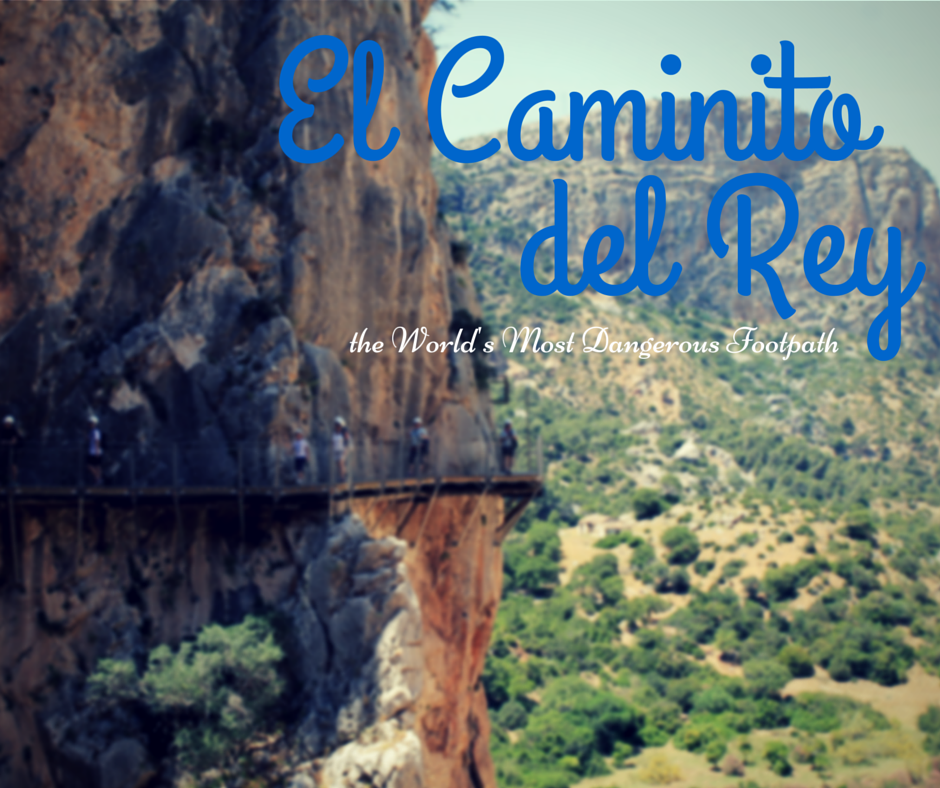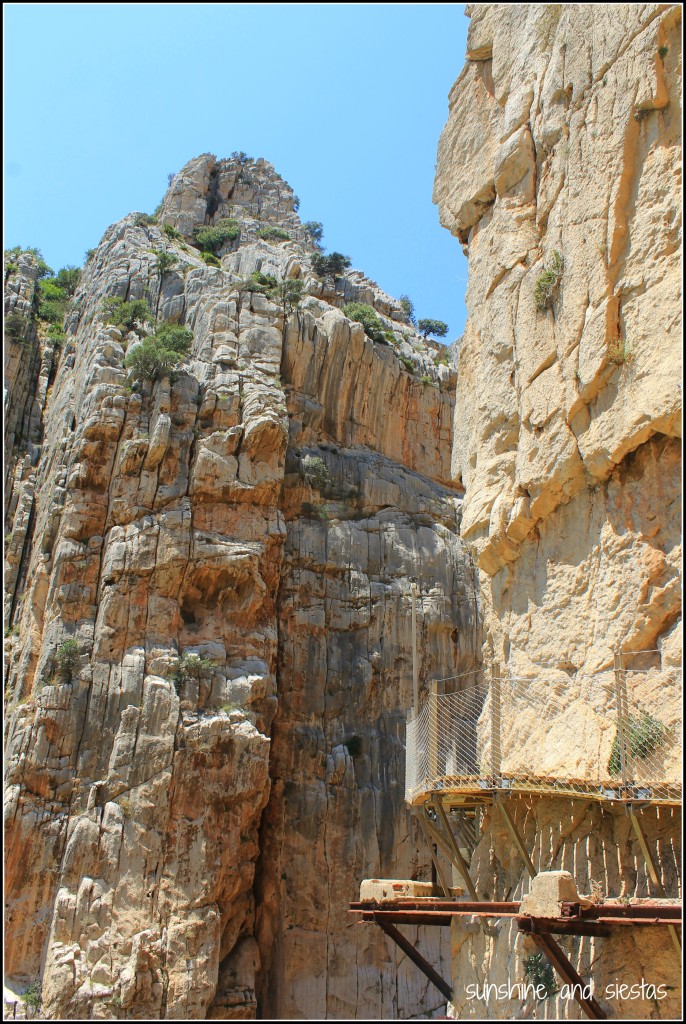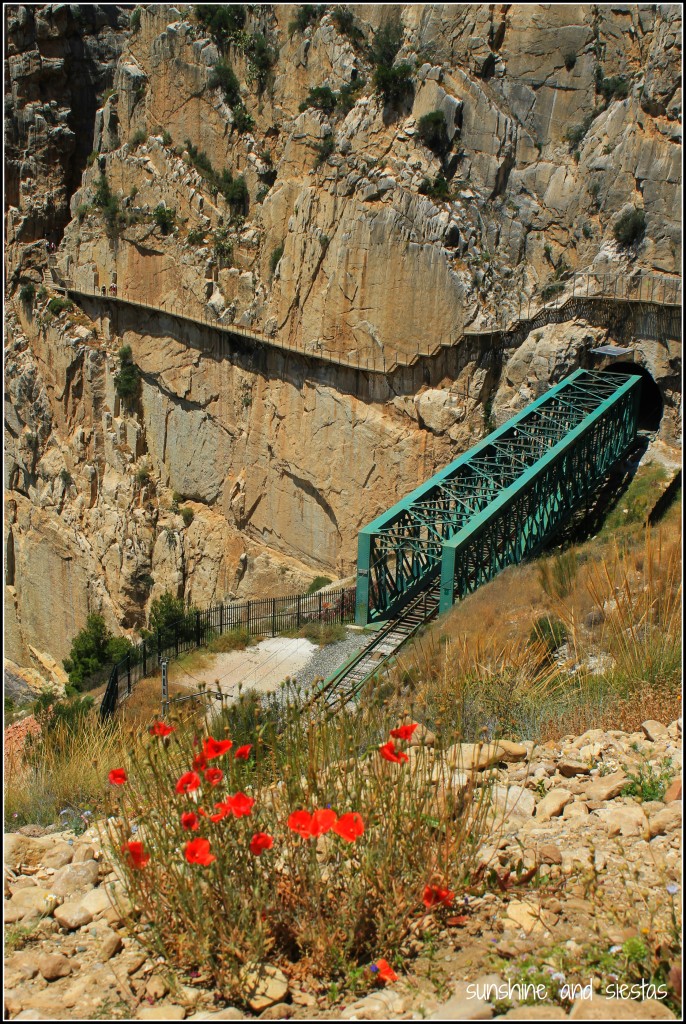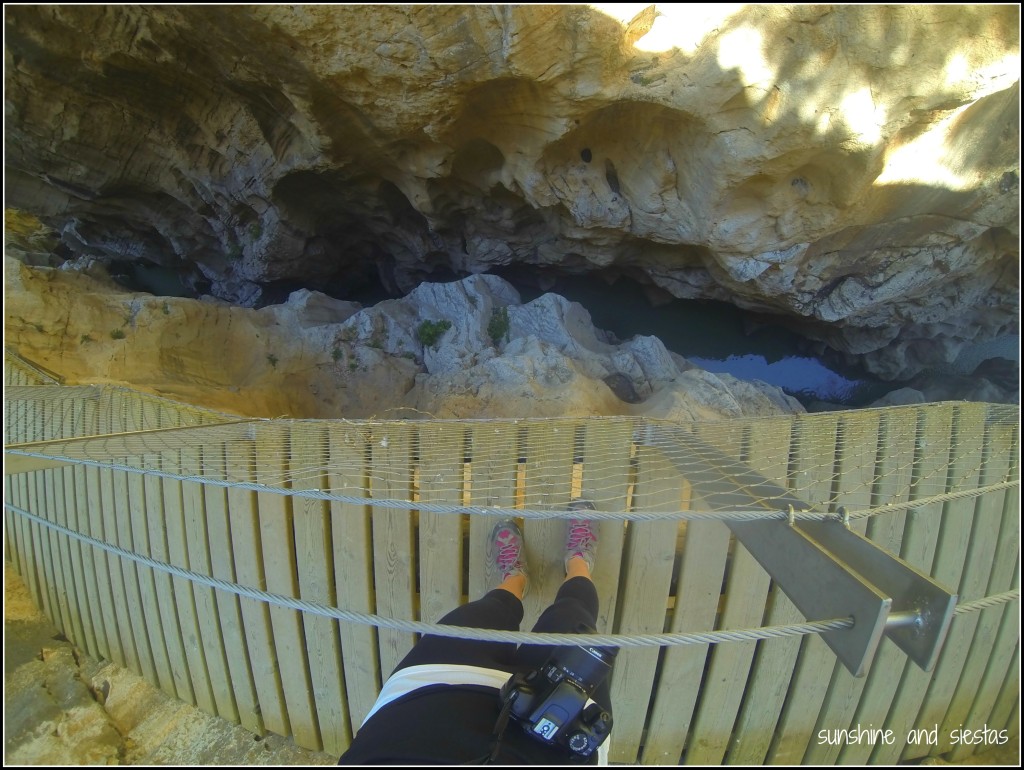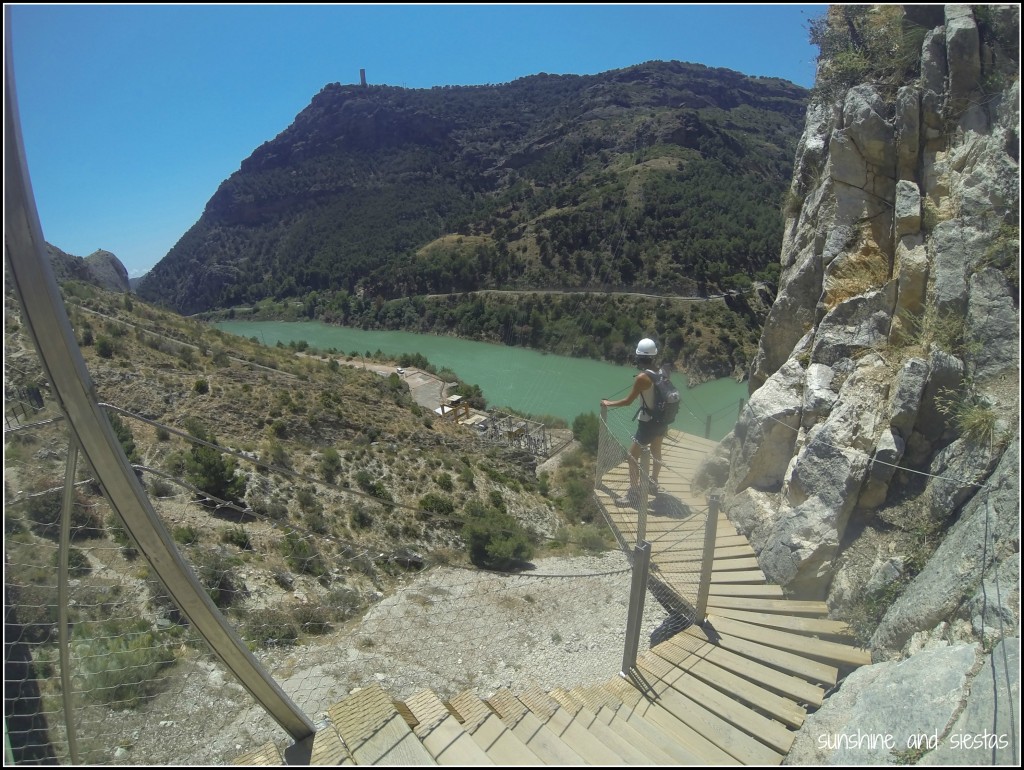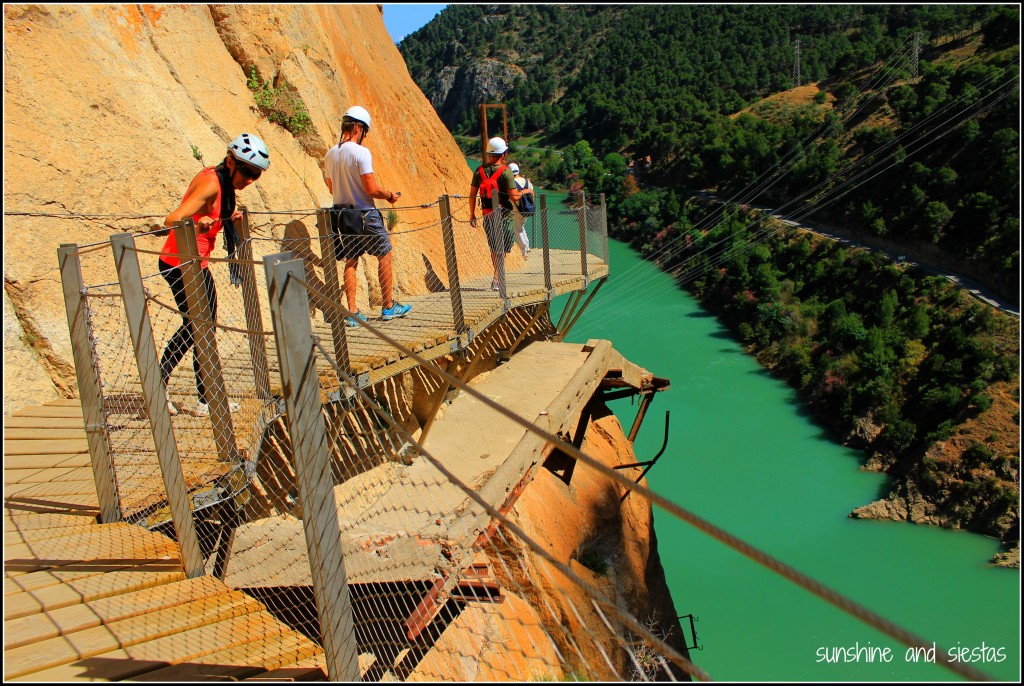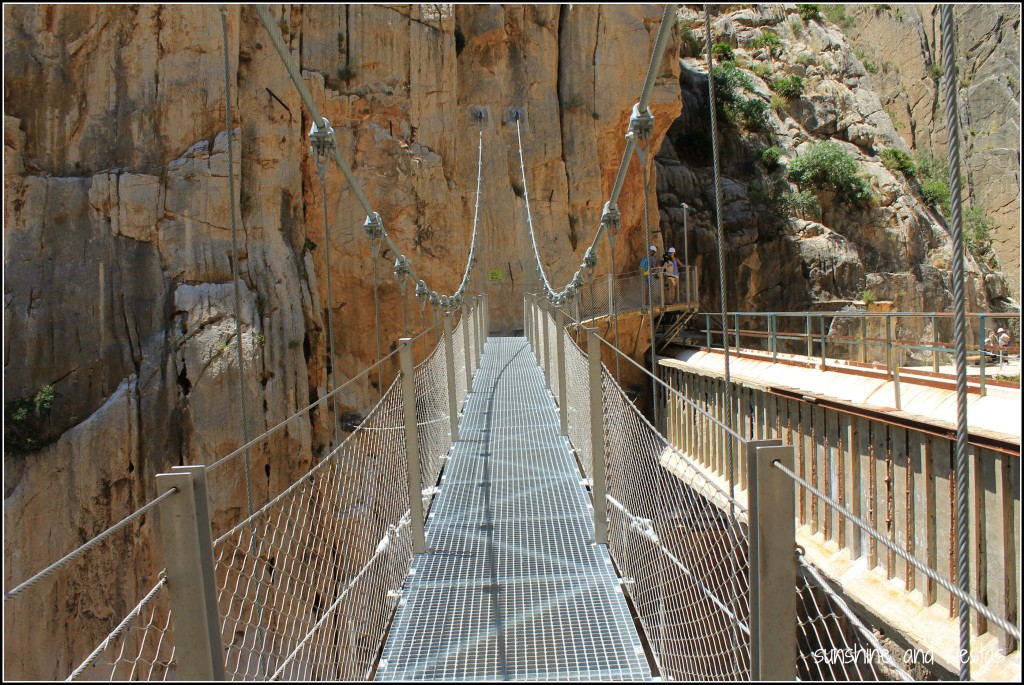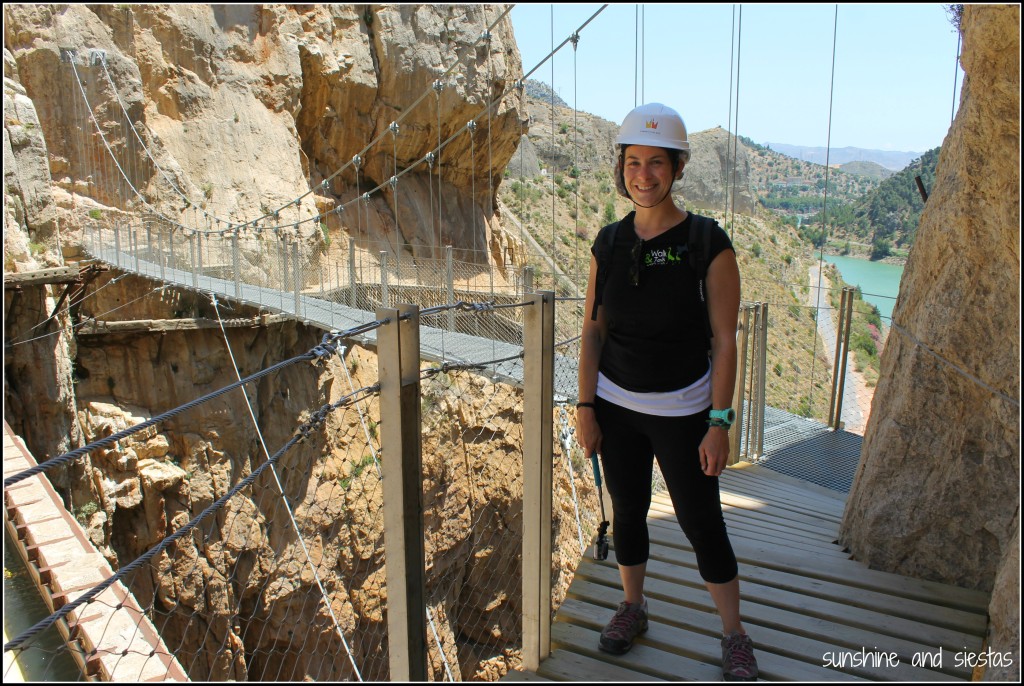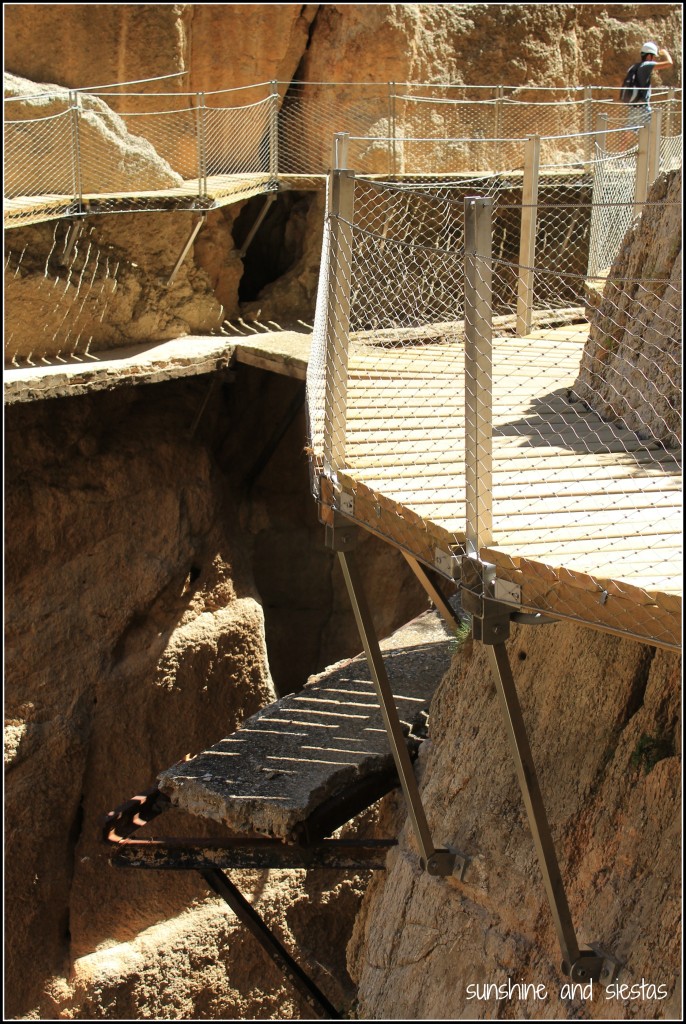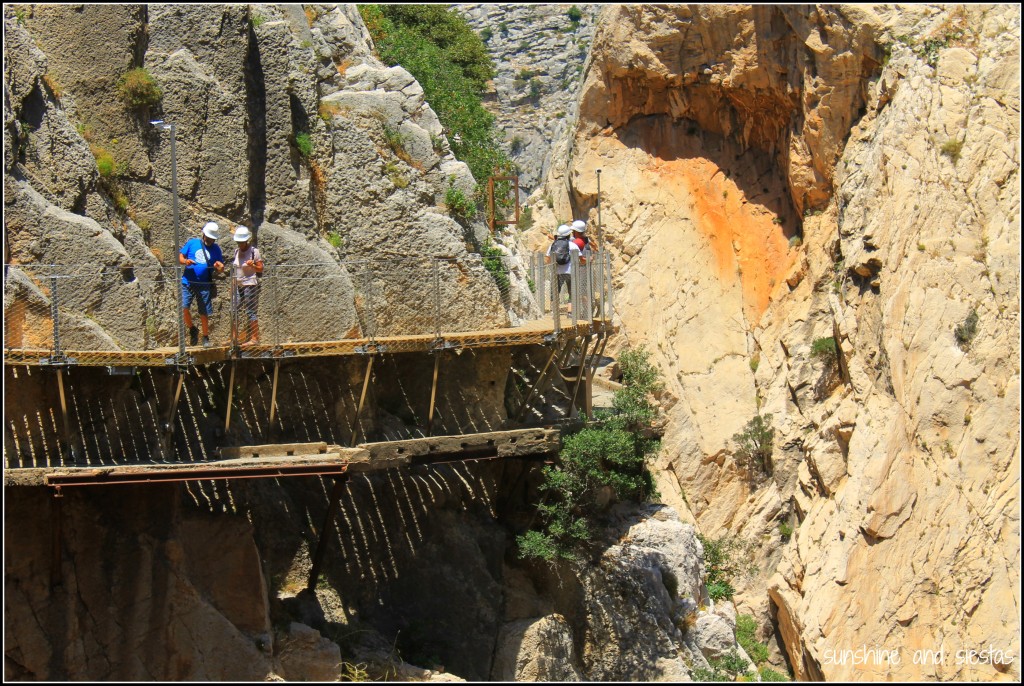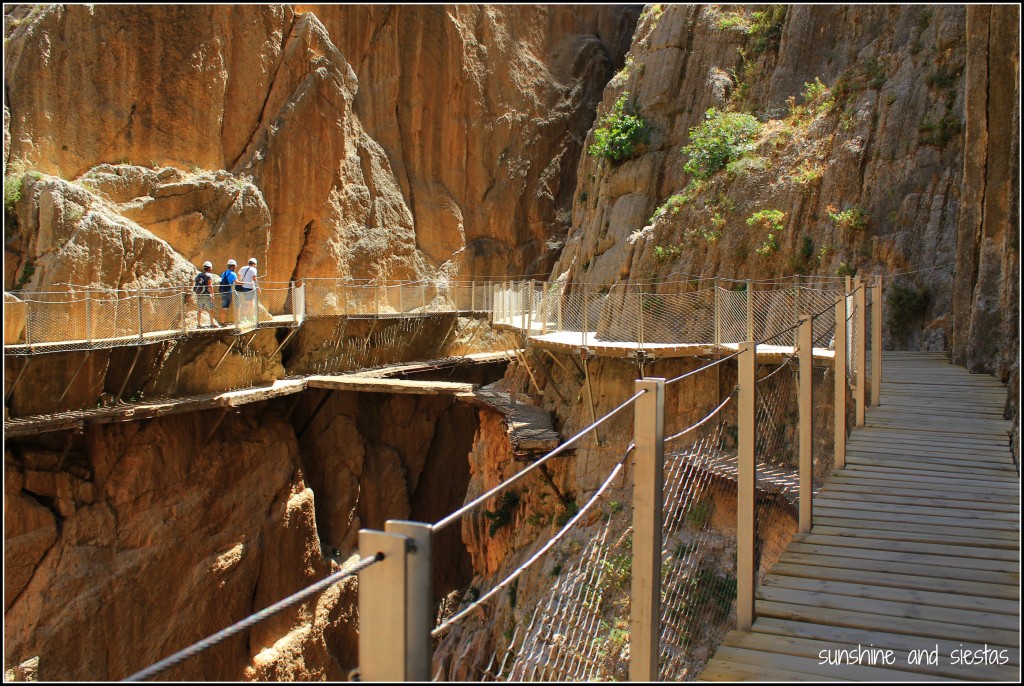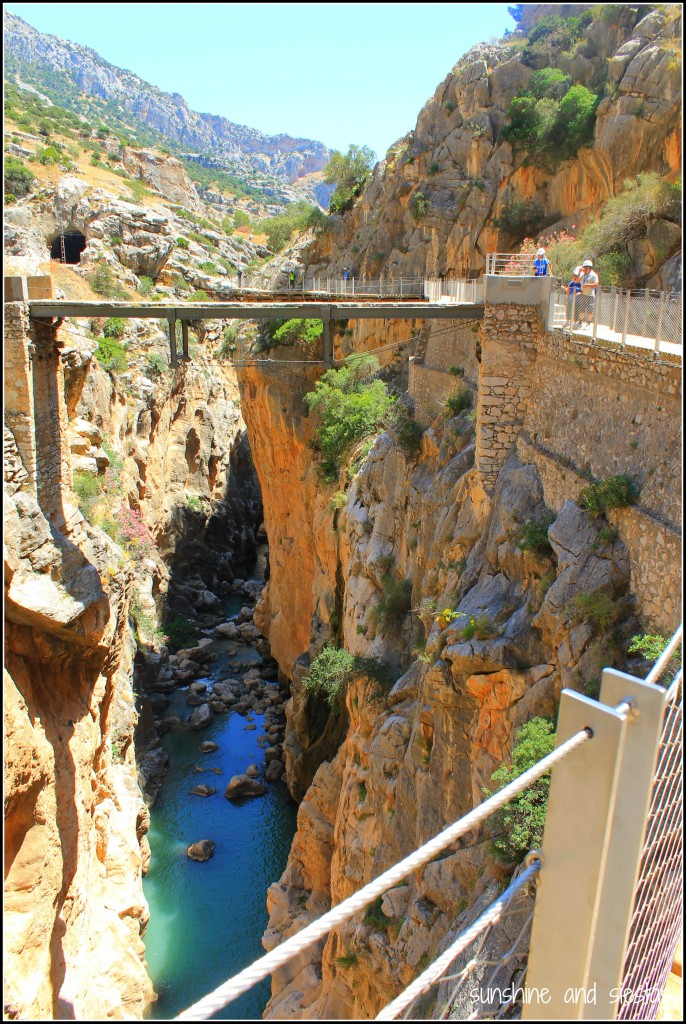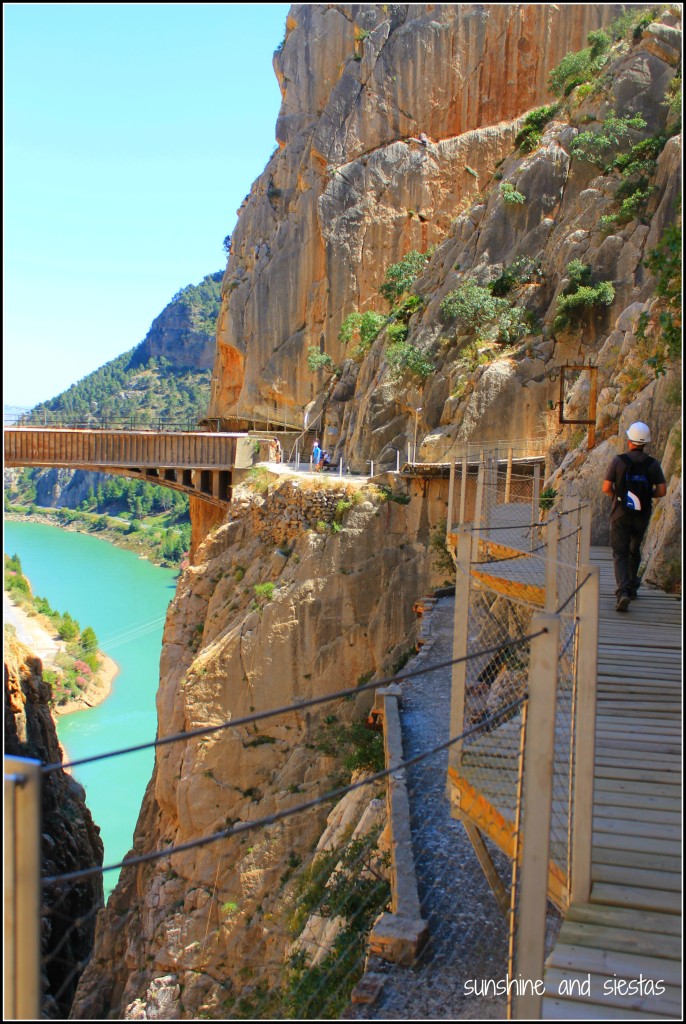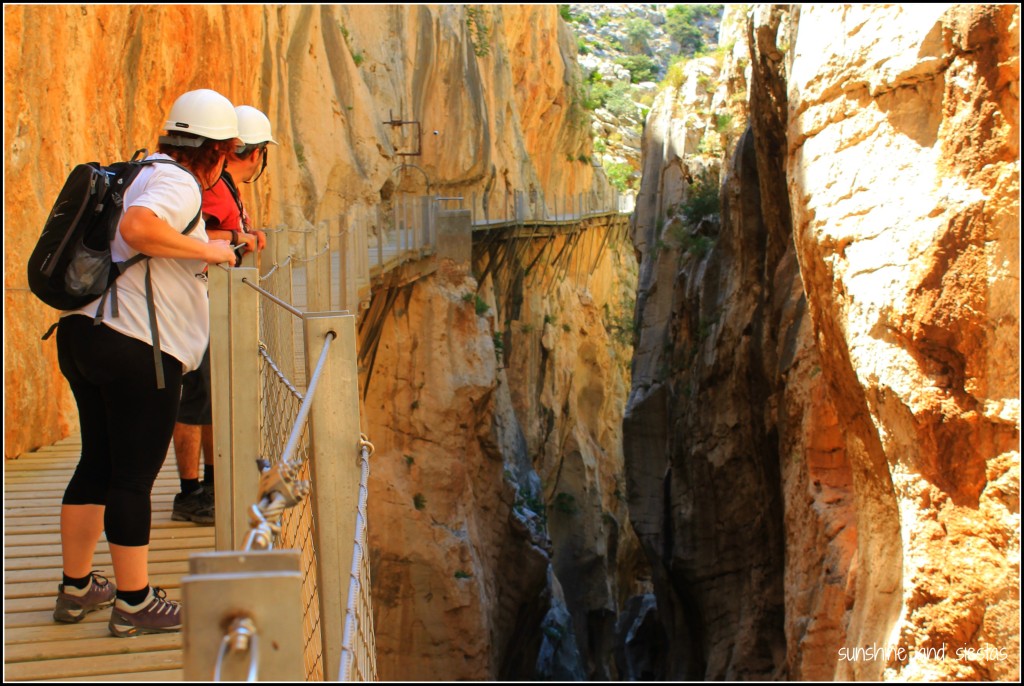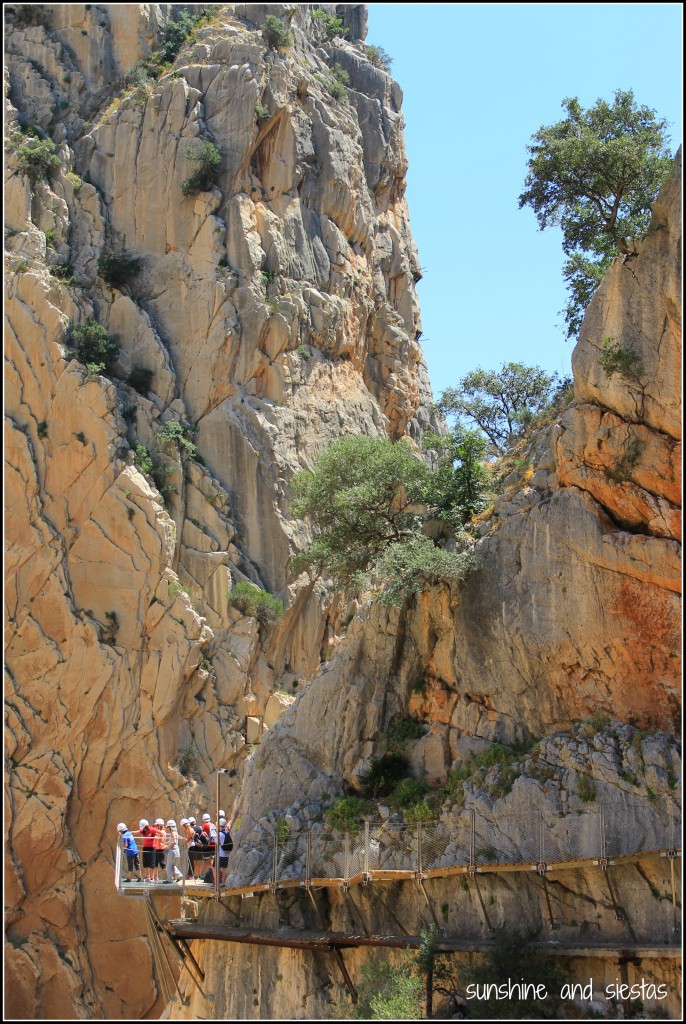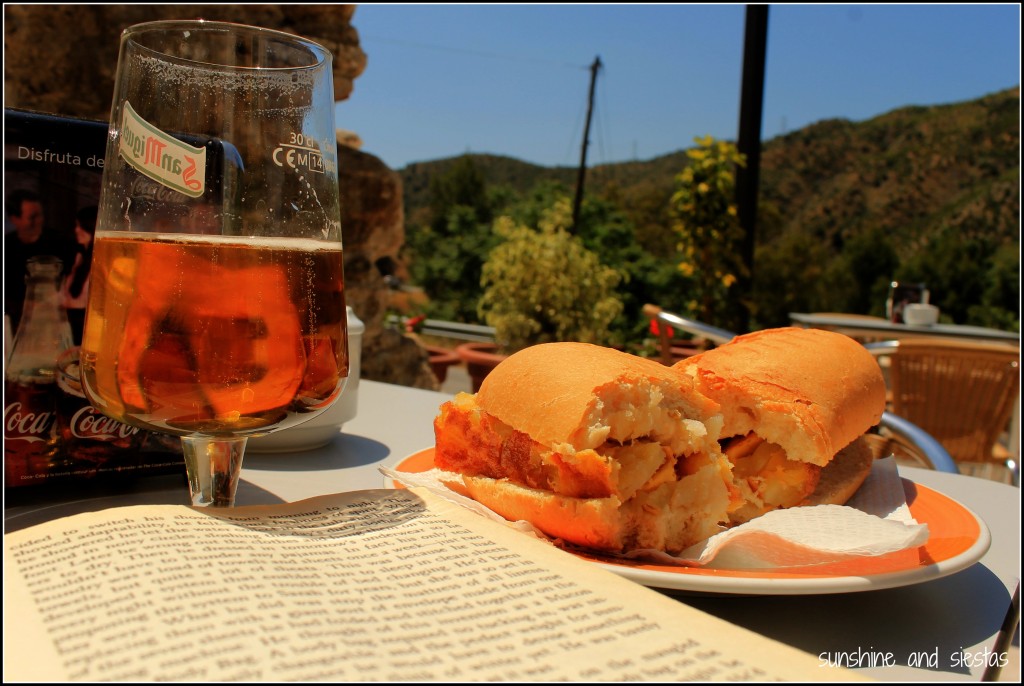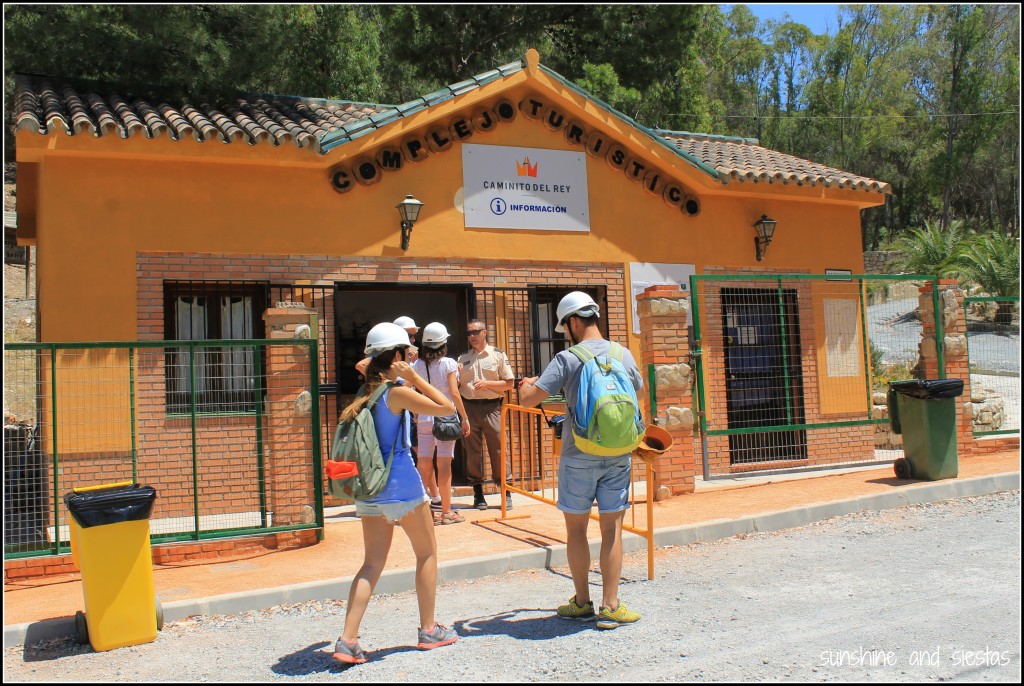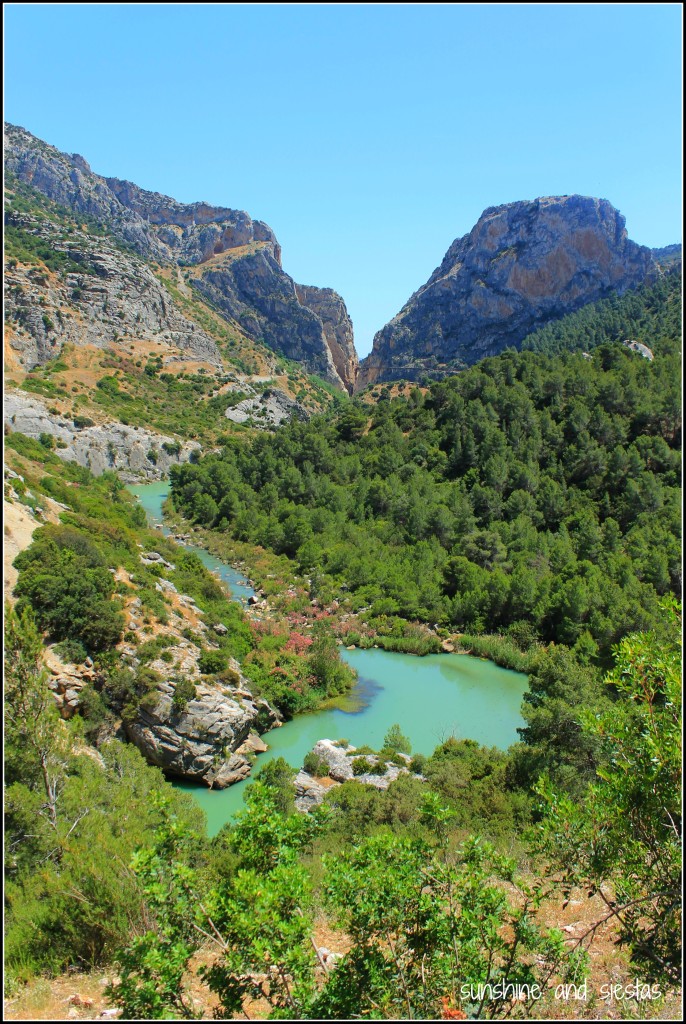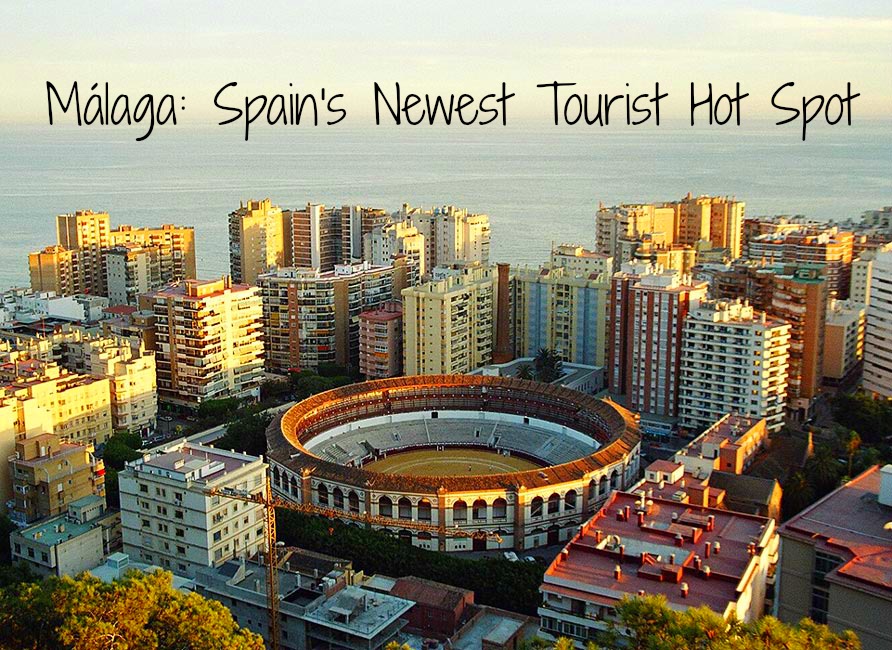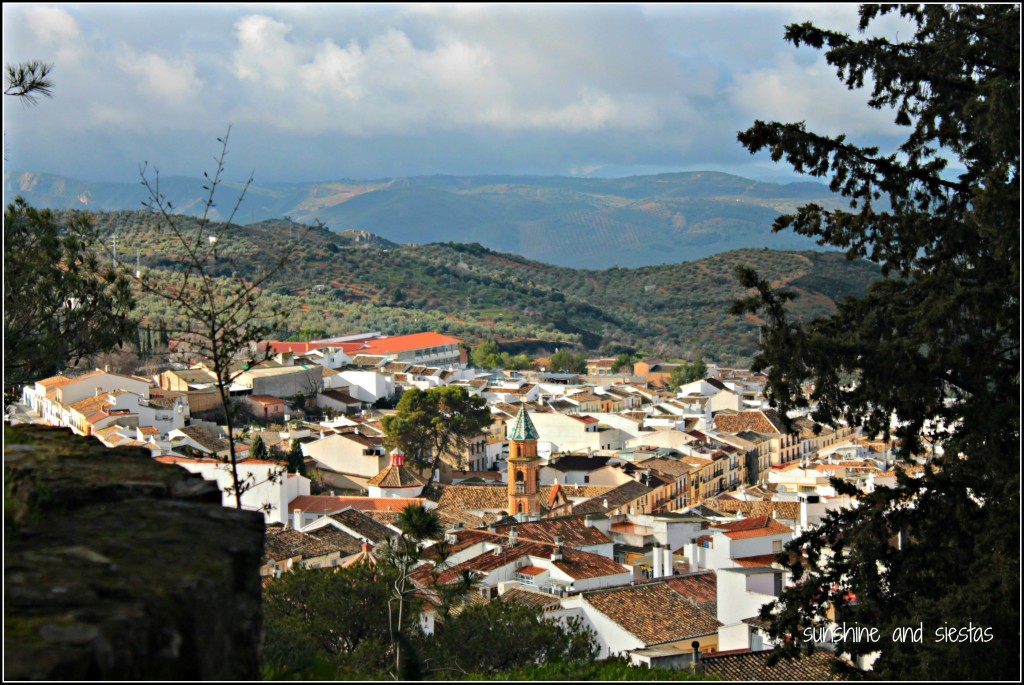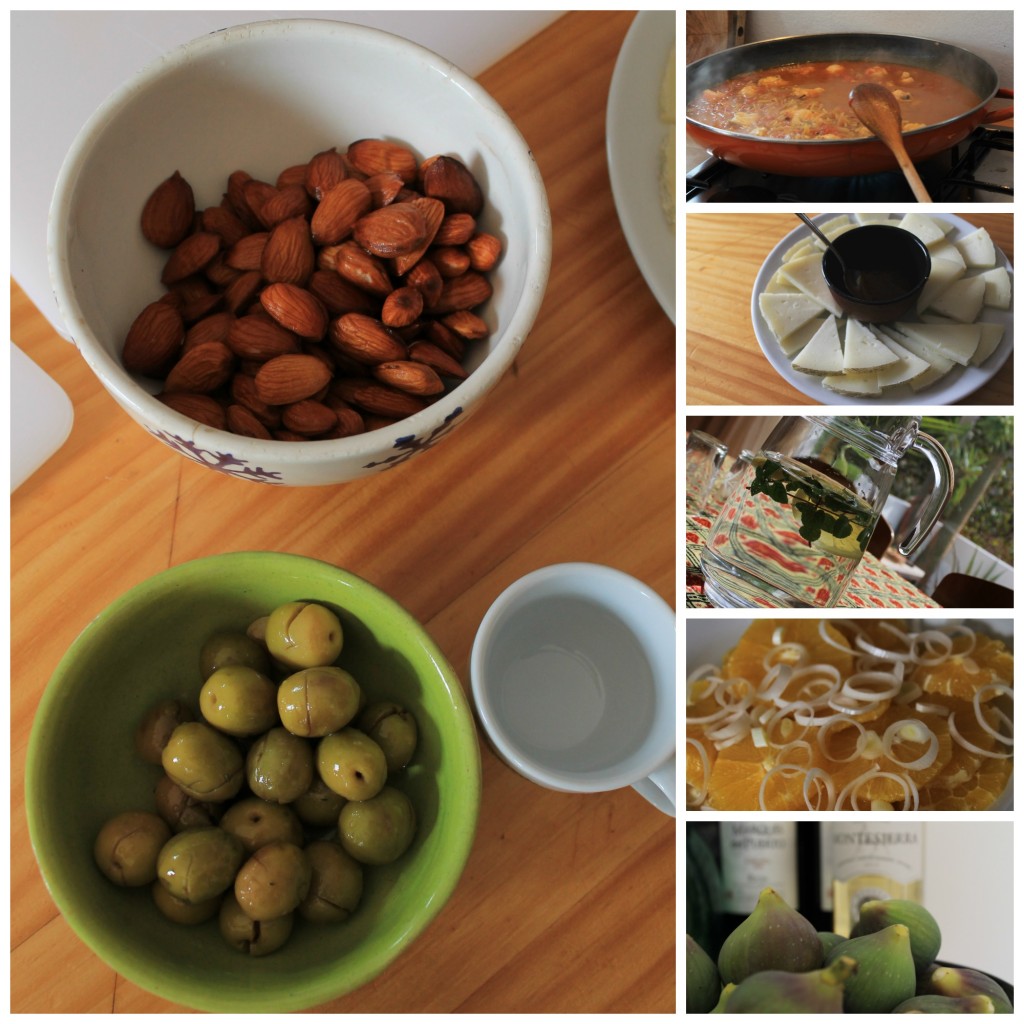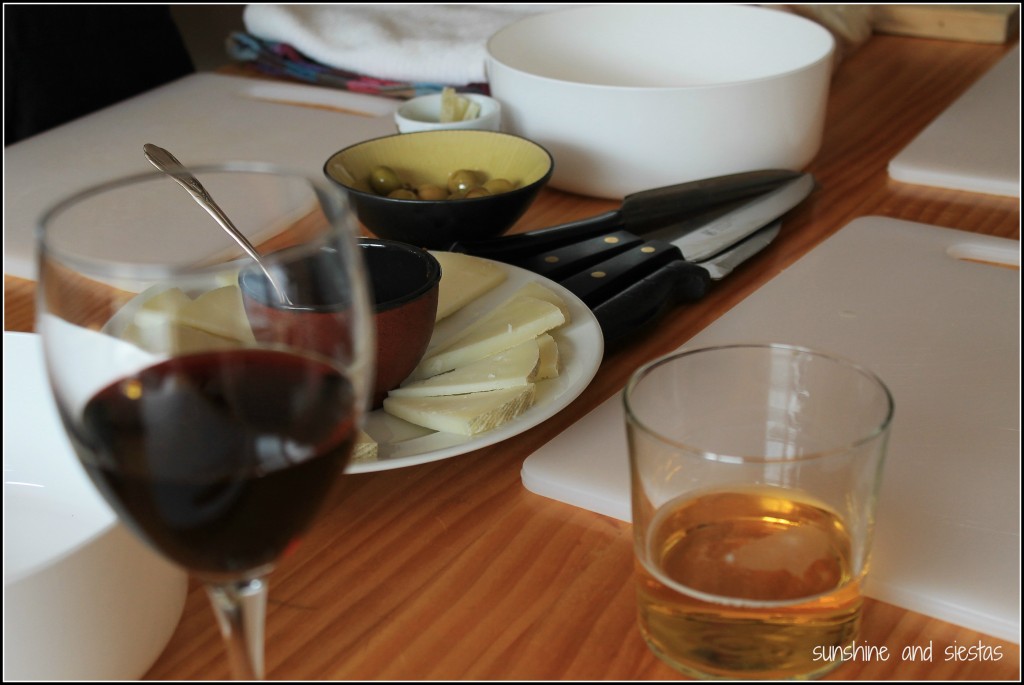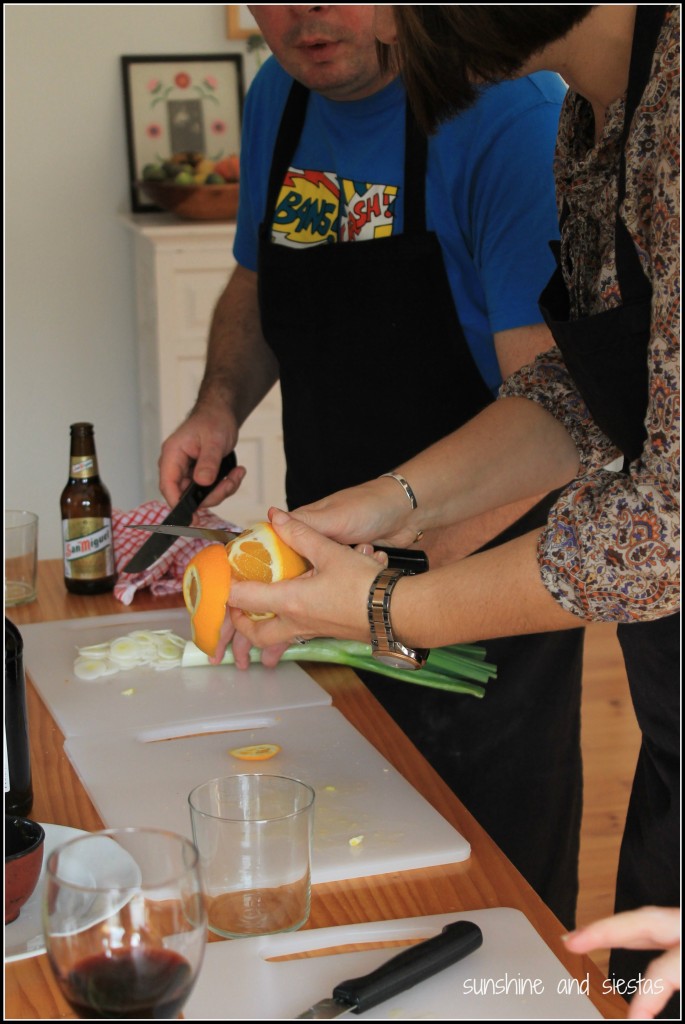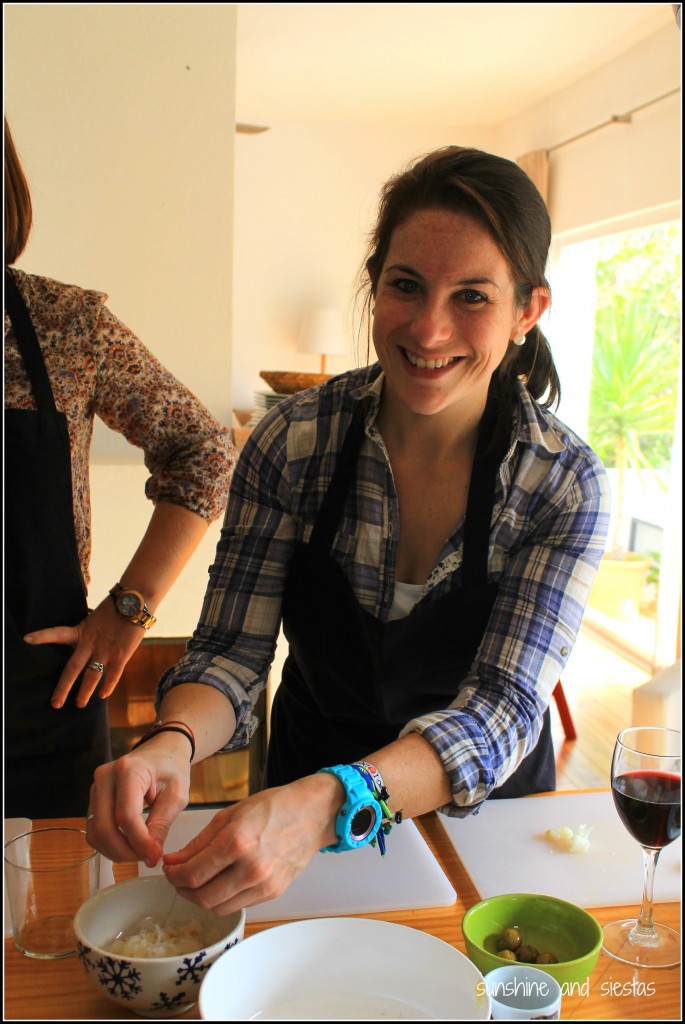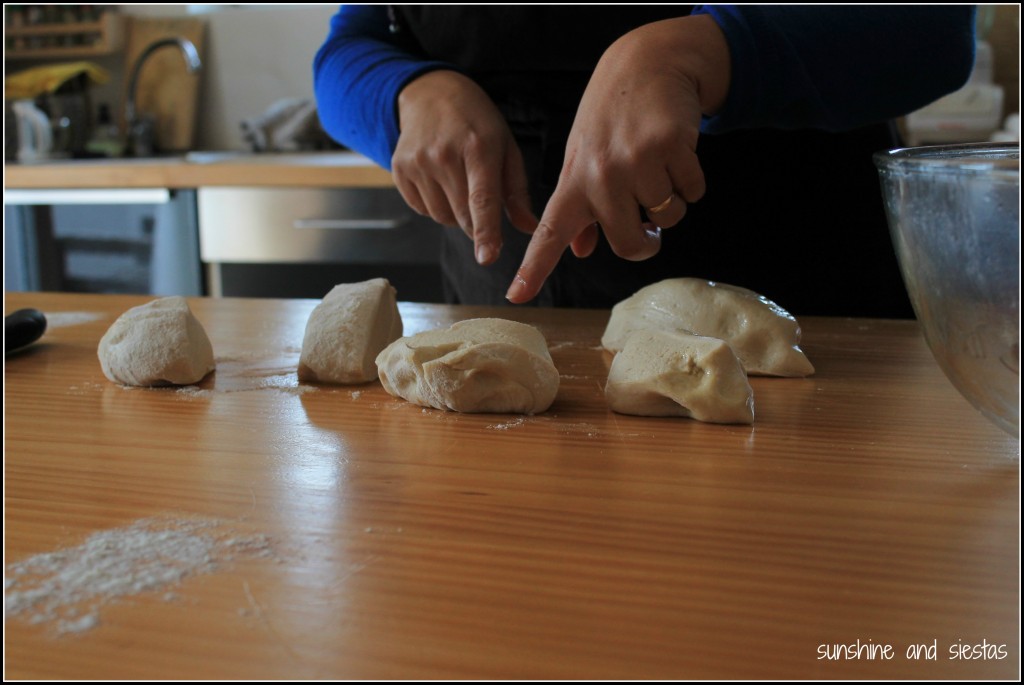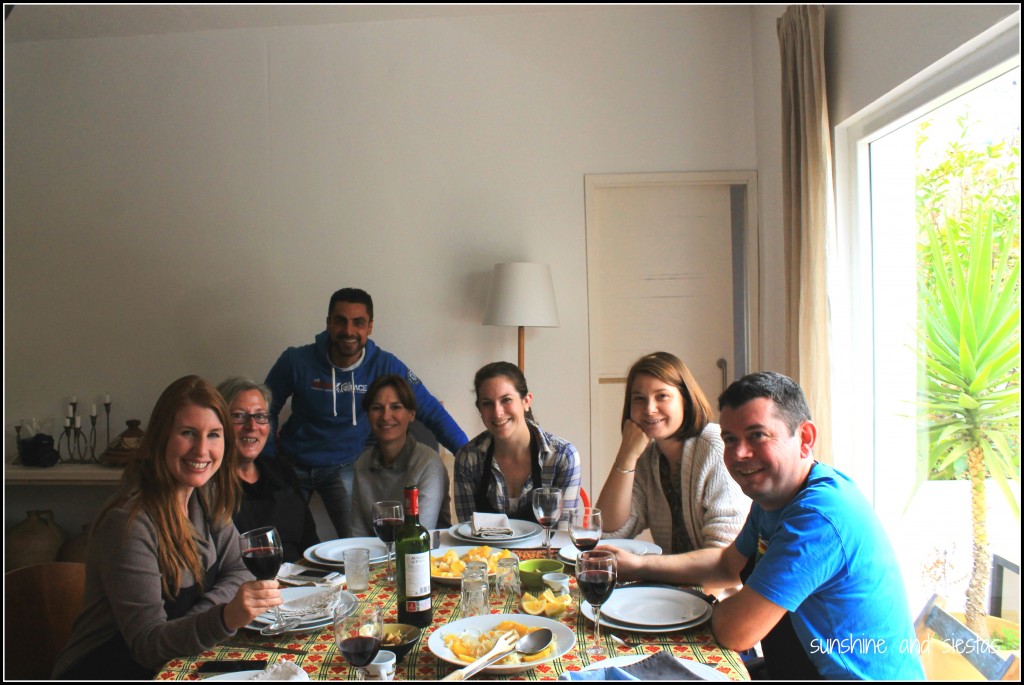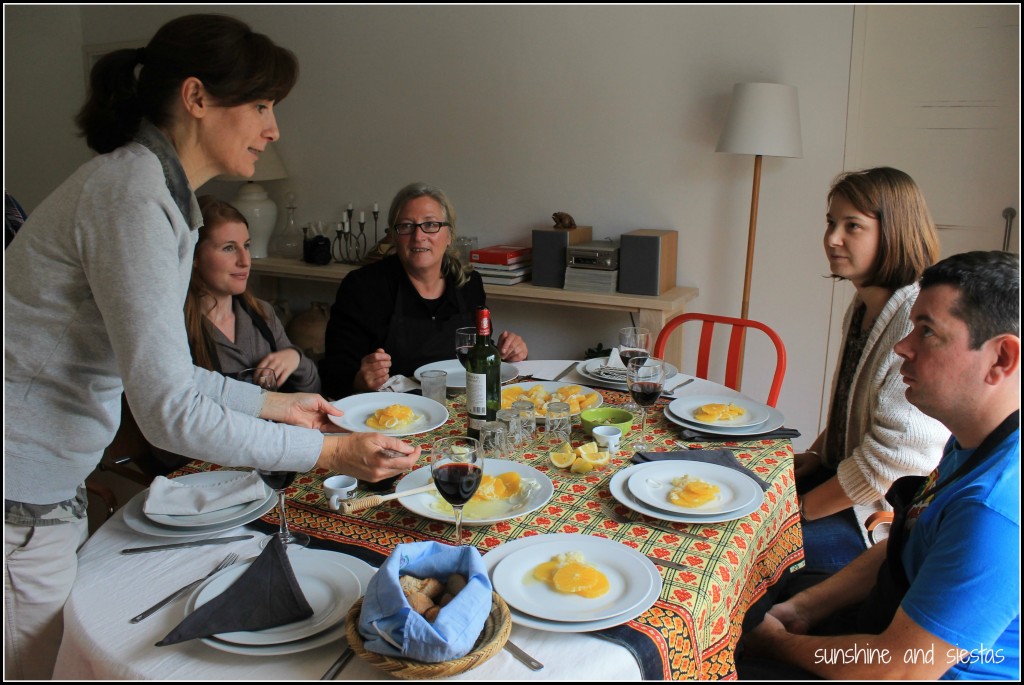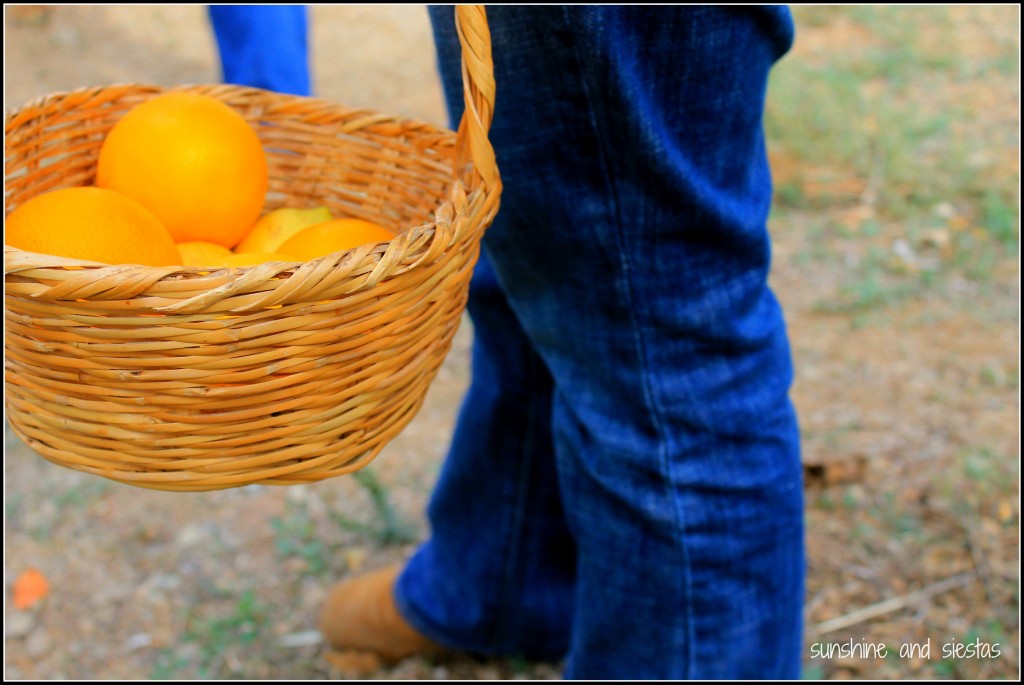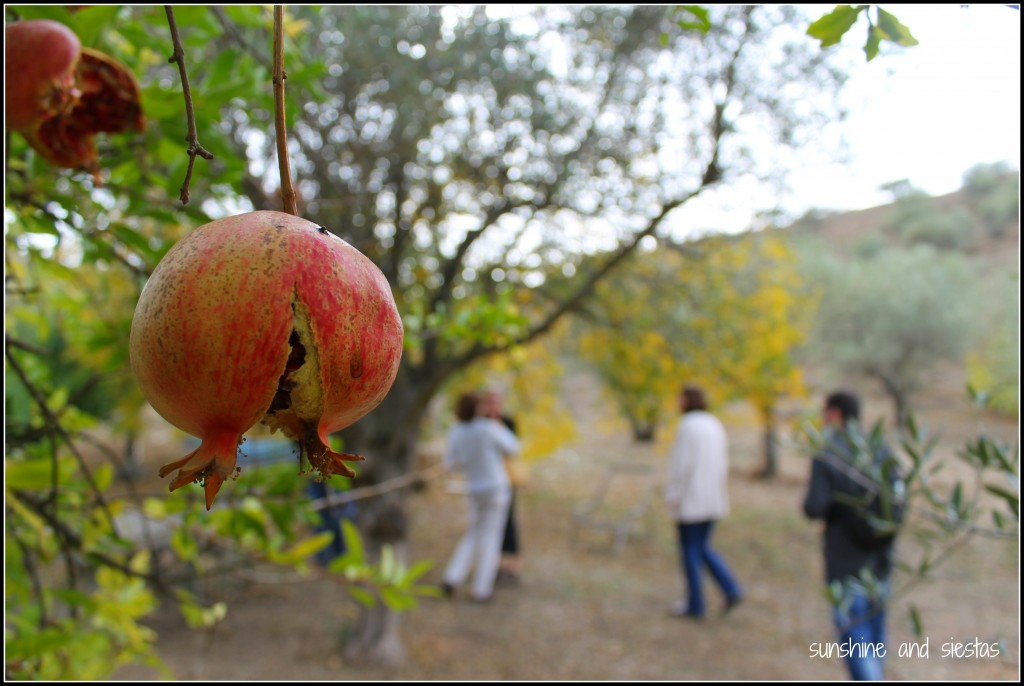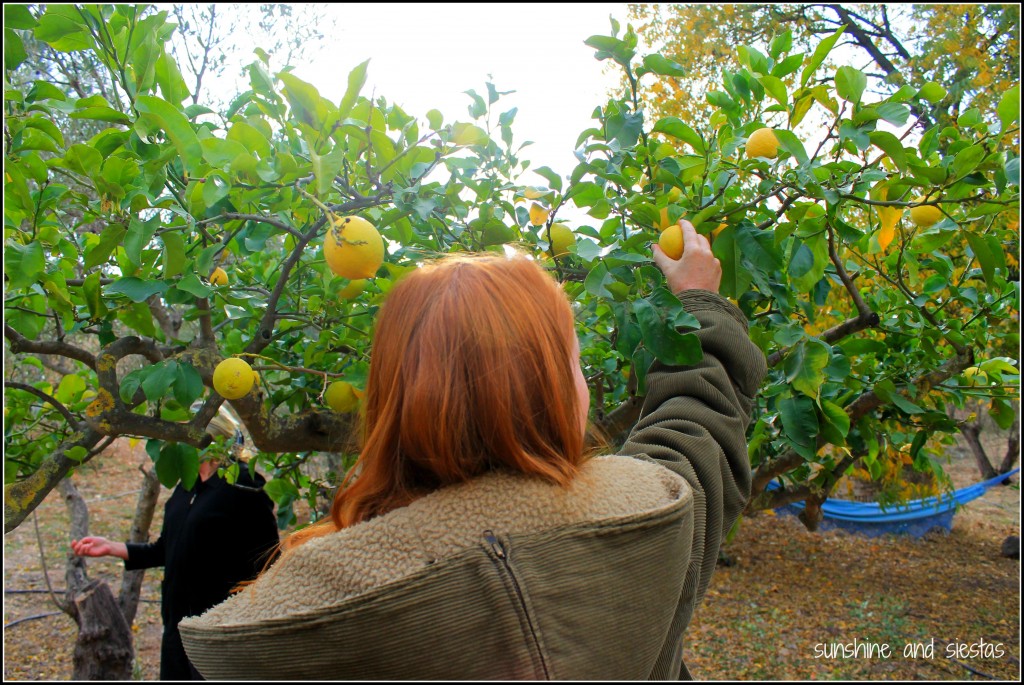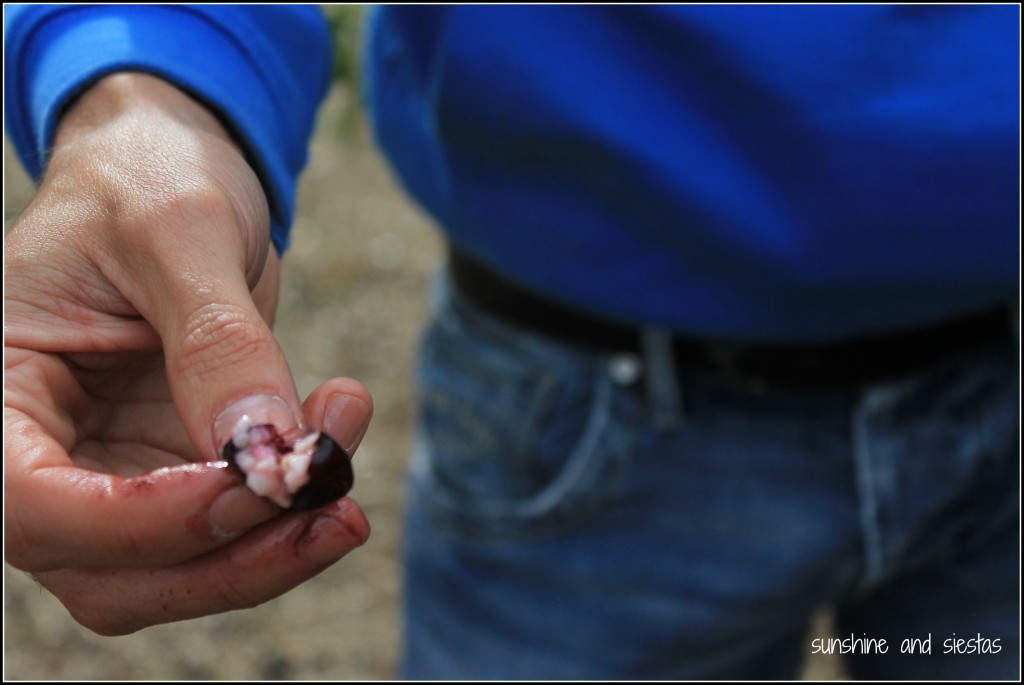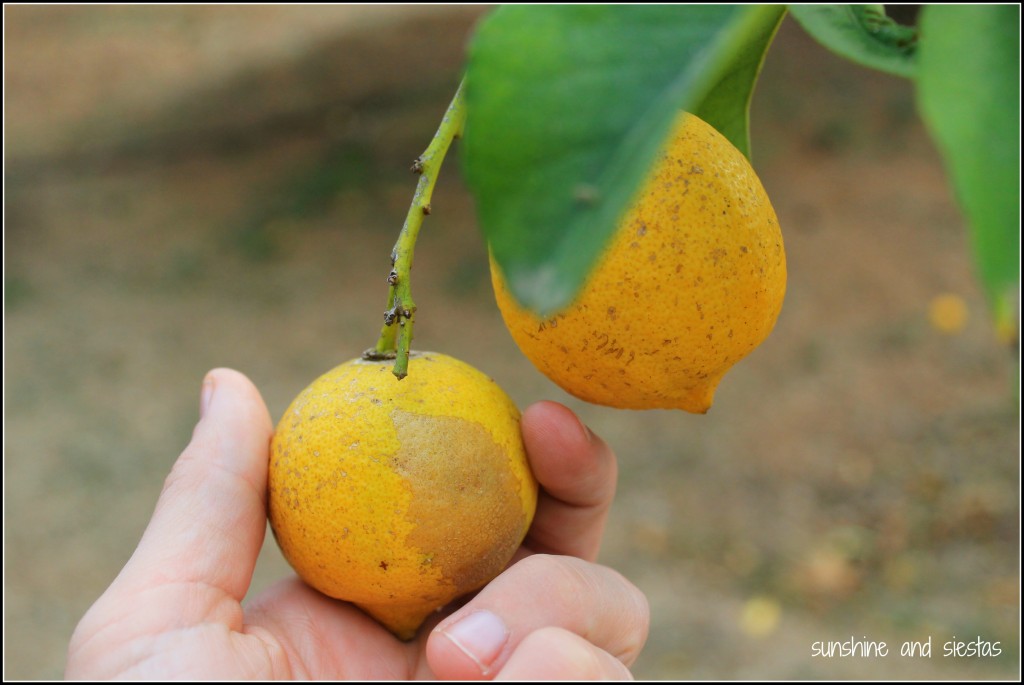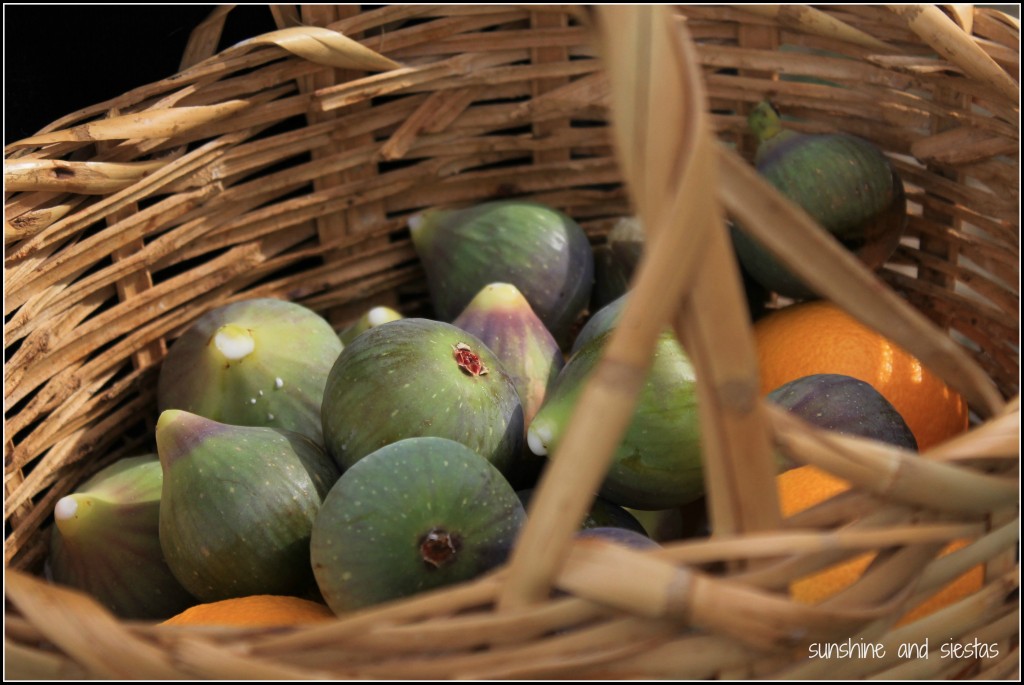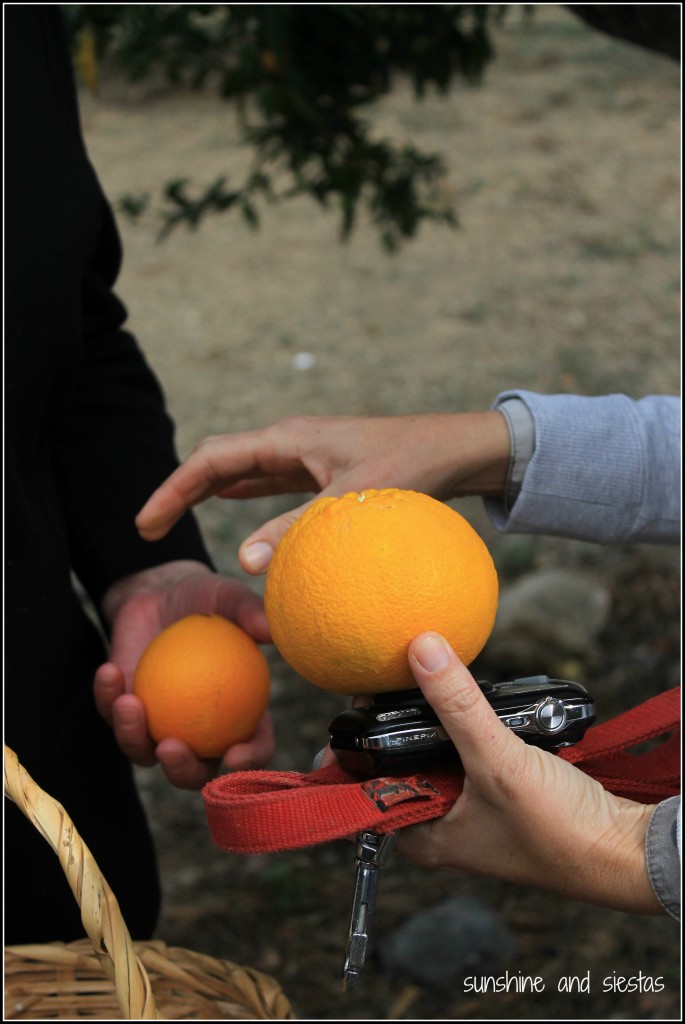I roused Laura awake. Due to a miscommunication on exactly when her plane touched down in Seville (a day later than I had expected), I was behind in showing her my Spain. I dragged her out of bed, handed her a towel and a mug of coffee and announced Sunday’s destination: Ronda.
Laura had two requirements for a day trip: somewhere quaint and within two hours by car. The beauty of owning a car in Spain – despite being a bottomless money pit – is that destinations that are out-of-the-way or not-traversed-by-public-transportation or too-long-on-the-bus-when-jet-lagged are suddenly on your list.
As the jewel of the typical white villages of Cádiz and Málaga, Ronda and Setenil de las Bodegas were close enough to hit while Laura dozed in the car.
As the jewel in the crown of Andalucía’s famous pueblos blancos, Ronda hardly qualifies as a pueblo with 35,000 inhabitants. A city made famous in For Whom the Bell Tolls and a favorite hangout of Orson Wells and Washington Irving, it certainly earns its reputation for being one of the most beautiful villages in Spain. I’d visited once in late 2007, long before I knew enough Spanish to enjoy myself, istead stressing over what my family would have for lunch.
But despite its fame and touristic draw, there are still pockets of the city that are devoid of overpriced restaurants and their poorly translated menus, of souvenir shops and of cheesy museums (those things are thankfully clustered around the Puente Nuevo bridge that spans the Guadalevín river gorge). We stopped at a local restaurant, far from the sites, for cheap raciones of huevos estrellados and solomillo as soon as we arrived. Because, jet lag is a bitch and food in Spain is cheap and bountiful in villages.
Elbowing past a few British tourists staggering off a bus, no doubt on a day trip from Málaga capital, we began at the Alameda del Tajo. Rising out of the mountains, the surrounding countryside alternates greens and blues, yellow sunflower fields and stark grain groves.
Rumor has it that Nationalist sympathizers were thrown to their deaths off of the sides of the bridge, falling 120 meters into the rocky canyon. Laura and I had a coffee after lunch at a nearby café, and as I told her the legend, her eyes grew wide and she backed her chair a little further away from the edge.
But, man, what a view on the way down.
After years of friendship – we’ve known each other since age 14! – Laura and I strolled the Casco Antiguo, catching up on her new job, her upcoming travels and my wedding plans. In a place as old as Ronda with an old friend, everything felt new as I sought to explore Andalucía a bit more.
My MUST-dos in Ronda
See: The old part of town is fairly walkable – it’s paved with cobblestones but mostly flat. Be sure to take in the famous bridge, the outside of bullring and the churches and plazas on the east side of the Puente Viejo.
Chow: Food in the Serranía de Málaga is pretty much what you’d expect: hearty meats, stews and plenty of vegetables. We had lunch somewhere on Calle Jerez at a small bar that smelled good, though the roadside ventas are never a bad idea if you’re looking for solid price-quality eats. You can find them on the way in and out of town.
Sip: Have a coffee or drink at the Parador, housed in the old town hall and teetering on the edge of the gorge. It will cost you, but the views of the Puente Nuevo are worth the mark up.
Skip: The old Arabic baths (particularly if you’re going elsewhere in Andalucía) and the bull ring. While gorgeous and the first to stage modern bullfights, the visit isn’t worth the 7€ price tag – spend that money on another beer at the Parador instead!
Have you ever been to Ronda or the Pueblos Blancos? Have car, will travel with my foreign travel slump!
